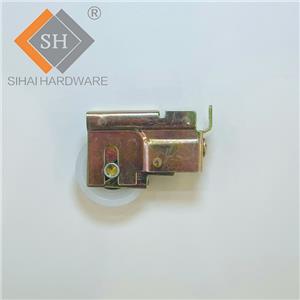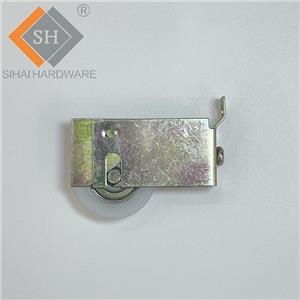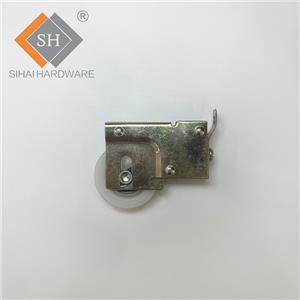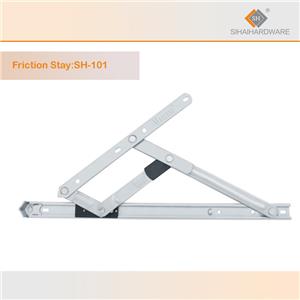ARTICLE NO.73|Proactive Maintenance: Identifying and Addressing Early Signs of Casement Window Hinge Issues
ARTICLE NO.73|Proactive Maintenance: Identifying and Addressing Early Signs of Casement Window Hinge Issues
Casement windows, with their unique side-hinged design, offer numerous benefits to homeowners, including improved ventilation, enhanced energy efficiency, and a distinctive aesthetic appeal. However, the proper functioning of these windows is heavily dependent on the condition of their hinges, including window friction stay hinges. Identifying early signs of hinge-related issues and addressing them proactively can help homeowners maintain the optimal performance of their casement windows and avoid costly repairs or replacements down the line.
1. Recognizing Early Signs of Casement Window Hinge Issues:
Paying attention to the subtle changes in your casement windows can help you identify potential hinge-related problems before they escalate. Some early warning signs to watch out for include:
a. Increased Resistance or Stiffness: If the window becomes progressively harder to open or close, it may indicate binding or wear in the hinge mechanisms.
b. Uneven or Unbalanced Operation: If one side of the casement window appears to move more easily than the other, it could suggest misalignment or deterioration of the hinges.
c. Unusual Noises: Creaking, squeaking, or grinding sounds coming from the window hinges may signal the need for lubrication or the presence of wear and tear.
d. Visual Inspections: Carefully inspect the hinges for signs of corrosion, loose screws, or physical damage, which can compromise the hinge's structural integrity.
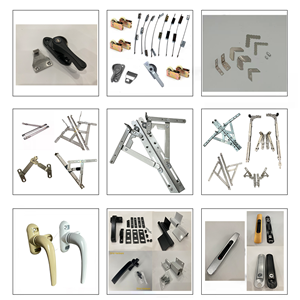
2. Addressing Early Signs of Casement Window HingeIssues:
Upon identifying any of the early warning signs, it is essential to address the underlying issues proactively to prevent further deterioration and ensure the continued smooth operation of your casement windows.
a. Lubrication: Apply a small amount of suitable hinge lubricant to the pivot points and friction stay mechanisms to reduce friction and wear.
b. Realignment: If the hinges appear misaligned, carefully adjust the position of the window within the frame to restore proper alignment and smooth operation.
c. Hardware Inspection and Tightening: Check the hinge screws or bolts and tighten them as necessary, taking care not to overtighten and damage the components.
d. Cleaning and Maintenance: Regularly clean the hinge mechanisms, removing any accumulated dirt, debris, or corrosion to maintain optimal performance.
3. Considering Hinge Replacement:
In some cases, the early signs of hinge issues may indicate the need for a more comprehensive solution, such as hinge replacement. This may be particularly relevant for older casement windows or those exposed to harsh environmental conditions.
a. Consult with a professional window contractor to assess the condition of your casement window hinges and determine the best course of action.
b. When replacing hinges, consider upgrading to high-quality, corrosion-resistant options, such as stainless steel or specialized friction stay hinges, to improve the longevity and performance of your casement windows.
Conclusion:
Proactive maintenance and early intervention are key to preserving the optimal function of your casement window hinges, including window friction stay hinges. By regularly inspecting your windows, identifying early signs of issues, and addressing them promptly, you can extend the lifespan of your casement windows and avoid costly repairs or replacements in the future. Remember, taking a proactive approach to window hinge maintenance is an investment in the long-term enjoyment and energy efficiency of your home.

